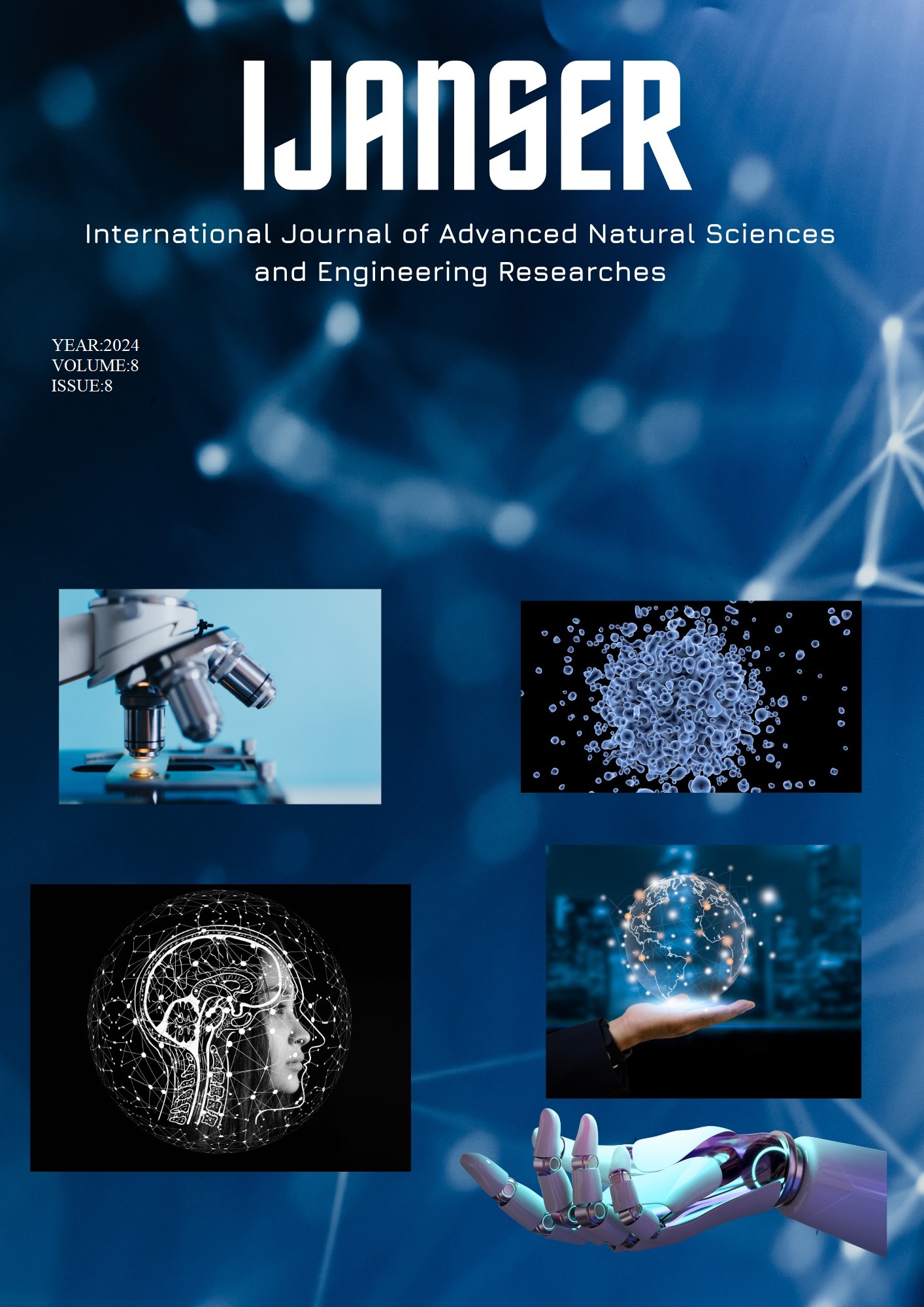EXPLORING THE POTENTIAL OF NLP IN ENHANCING COMMUNICATION SKILLS IN ESP
Keywords:
NLP, ICTAbstract
English for specific purposes is one of the key factors for success and further development both for students of higher education and for all those who need it. Effective communication is one of the key factors for successful work. With the rapid growth and development of information and communication technology, traditional methods of teaching communication skills in ESP are facing challenges. One of the main challenges is certainly artificial intelligence. Keeping up with new trends in ICT is essential for Natural Language Processing (NLP). A subset of artificial intelligence that deals with the interaction between computers and human language offers promising solutions to these challenges. NLP technologies, which include speech recognition, text analysis, and automatic feedback systems, can provide enhanced learning experiences and support the development of communication skills in ESP.
Downloads
References
Attali, Y., & Burstein, J. (2006). Automated Essay Scoring with e-rater® V.2. Educational Testing Service.
Bojar, O., et al. (2016). The 2016 Conference on Machine Translation (WMT16). Proceedings of the First Conference on Machine Translation.
Chowdhury, G. (2003). Natural Language Processing. Annual Review of Information Science and Technology, 37(1), 51-89.
Cunningham, H. (2020). Introduction to Natural Language Processing. UCL Press.
Flowerdew, J., & Peacock, M. (2001). Research Perspectives on English for Academic Purposes. Cambridge University Press.
6. Gonzalez, R. (2019). Interdisciplinary Collaboration in Educational Technology. Journal of Educational Technology Development and Exchange, 12(1), 23-45.
Sweeney, L. (2013). Computational Disclosure.





